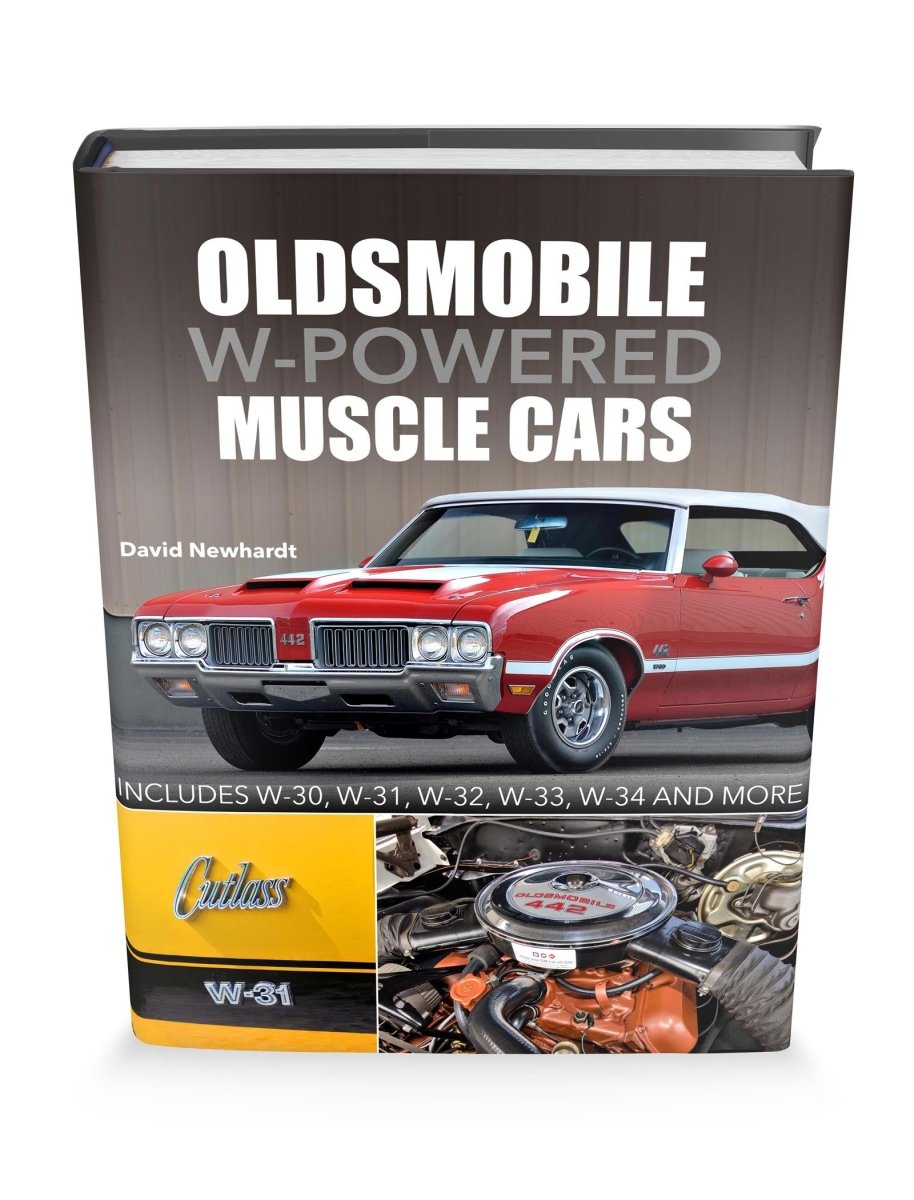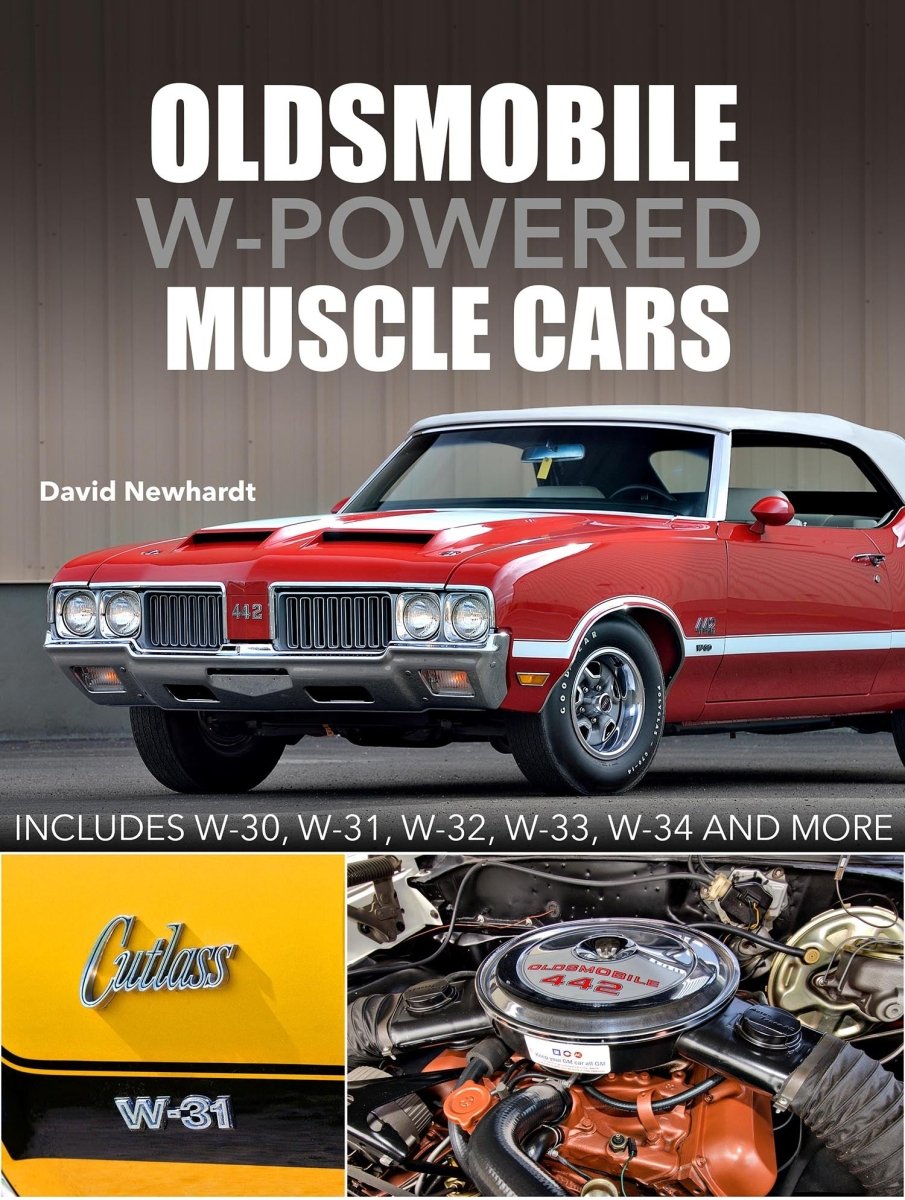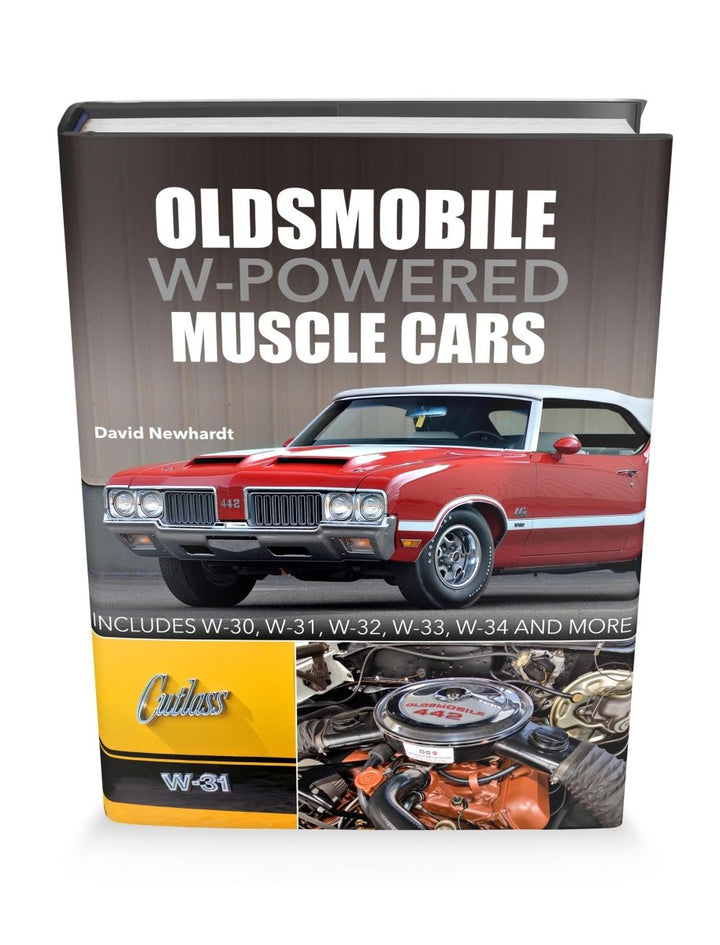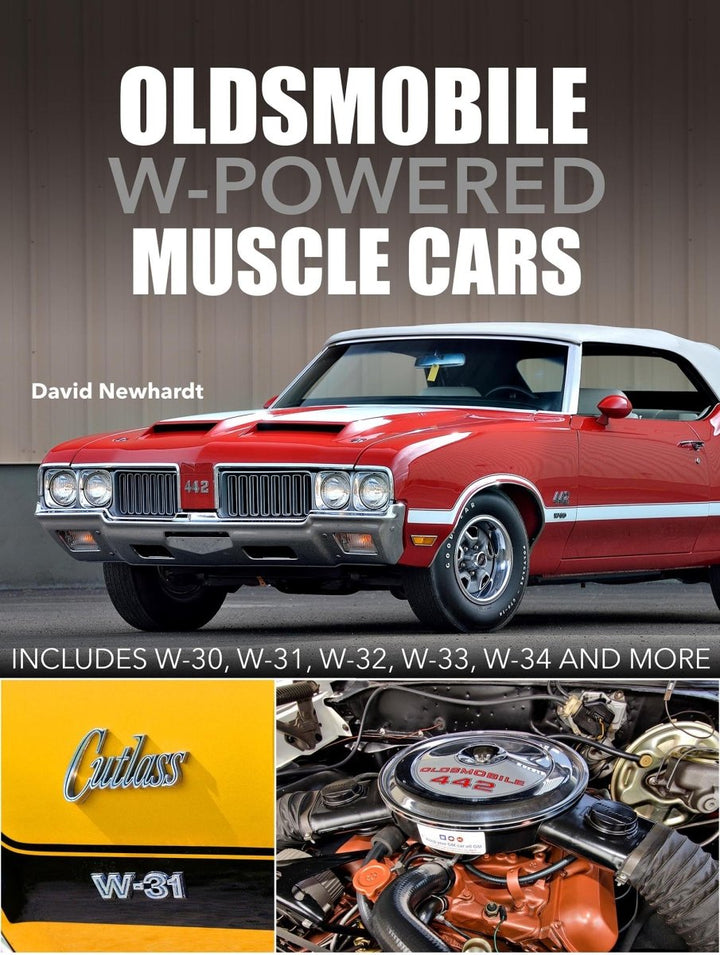Relive Oldsmobile’s most potent muscle car offerings when the simple letter W intimidated all takers.
Oldsmobile’s foray into the developing muscle car wars of the 1960s came as little surprise to most in the automotive industry. What was surprising was that it wasn’t the first to develop it! Oldsmobile’s Rocket 88 has been viewed by some as the beginning of performance offerings from automobile manufacturers. The 4-4-2 was Oldsmobile’s volley back at the Pontiac GTO, and in 1966, Olds attempted to spike the ball home with its all-new W-30 high-performance drag racing package.
During the course of the next pair of decades, Oldsmobile offered the W-code on a host of platforms (the Cutlass, F-85, 4-4-2, Toronado, and Delta 88) with an assortment of engine packages (400, 455, and 350). As muscle cars fell by the wayside during the struggling 1970s, Oldsmobile continued to carry its flagship W-30 all the way through the 1980 model year.
This book by muscle car historian and esteemed photographer David Newhardt revisits and celebrates Oldsmobile’s legendary W-optioned performance machines. So, sit down, strap in, and let Dr. Oldsmobile do the driving.
Foreword
Chapter 1: Oldsmobile Becomes a Muscle Car Manufacturer
Time for a Response
Power Play
1964
1965
1966: The Path to Power via Fresh Air
Power Up!
RPO W-30
NHRA Homologation
The W stood for Wow!
Shifting Gears
Back for More
Red Hot Inner Fenders
Chapter 2: New Generation, New Goodies
1968: 4-4-2 Bodystyles
Power Options
W-31: Ram Rod 350
Hurst/Olds
W-34: Toronado: Bully in a Tuxedo
1969: Evolutionary Improvements
4-4-2
Magazine Tests
Enter the W-32
1970: Apex Muscle
W-25 Fiberglass Hood
W-30 Going Strong
W-31 More Time
W-33 Full-Size Hot Rodding
Cutlass SX: The S Might Have Meant Stealthy
1971: Performance Plateau
1972: Pressing On, Regardless
W-30 Gone for Now but Not Forgotten
Chapter 3: Echoes of Performance
1973: End Times
1974: Going, Going . . .
1975: W Still Around—Just
1976: Missing in Action
1979: W Is Back (In Lowercase)
1980: Taking a Bow





